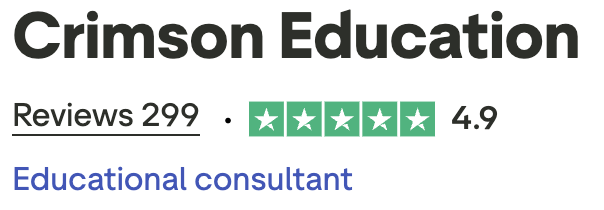






























.avif)
"There wasn’t a moment that my Strategist wasn’t focused on helping me get recruited to the best programmes for me."
Peyton, Princeton Class of 2026


We provide: Direct coach connections and introductions Performance analysis and goal setting Academic planning and test prep Competition schedule optimization Video and profile creation Scholarship negotiation support NCAA compliance guidance Visit planning and preparation
Consider these factors: Athletic development opportunities Academic program strength Scholarship amount Team culture fit Geographic location Coach's track record Training facilities Competition schedule
Official Visits: Paid for by the university Limited to 48 hours Can occur after January 1 of junior year Maximum of 5 Division I visits Unofficial Visits: Paid for by the athlete No time limit Can occur any time Unlimited number allowed
Academics are crucial, especially for top academic institutions. For example, Ivy League schools typically look for: GPA: 3.7+ (unweighted) SAT: 1400+ (preferably 1500+) ACT: 32+ Rigorous course load (AP/IB classes) Many Division I programs require minimum: GPA: 3.0+ SAT: 1080+ ACT: 21+
Standards vary by division and event, but here are general Division I benchmarks: Men's Events: 100m: 10.5-10.8 seconds 200m: 21.5-22.0 seconds 400m: 47.5-48.5 seconds 800m: 1:51-1:54 1500m: 3:52-3:58 5000m: 14:30-15:00 High Jump: 2.05-2.15m Long Jump: 7.30-7.50m Shot Put: 17.50-18.50m Pole Vault: 4.90-5.10m Women's Events: 100m: 11.8-12.2 seconds 200m: 24.2-24.8 seconds 400m: 54.5-56.0 seconds 800m: 2:08-2:12 1500m: 4:28-4:35 5000m: 16:45-17:15 High Jump: 1.75-1.85m Long Jump: 5.90-6.10m Shot Put: 14.50-15.50m Pole Vault: 3.90-4.10m
Yes, but additional requirements include: NCAA Eligibility Center registration Academic records evaluation English proficiency tests (TOEFL/IELTS) Valid student visa Standardized test scores (SAT/ACT) World Athletics recognized performances
For track and field, focus on: Competition footage from major meets Training technique footage for technical events Warm-up routines and drills for sprints/jumps Multiple angles for throwing events Split times and progression data Recent competition results overlay
Track and field is an equivalency sport, meaning: Division I programs have 12.6 scholarships for men and 18 for women Most athletes receive partial scholarships (25-75% of costs) Full rides typically reserved for national-level athletes Division II has fewer scholarships available Division III doesn't offer athletic scholarships but provides academic aid
Here's a typical timeline: Freshman Year: Begin documenting performances Sophomore Year: Start researching schools and creating target lists Junior Year (Fall): Initial contact with coaches, attend meets where coaches will be present Junior Year (Spring): Official visits begin June 15 Senior Year (Fall): Make commitment decisions Senior Year (Early Spring): Sign National Letter of Intent